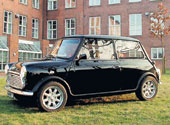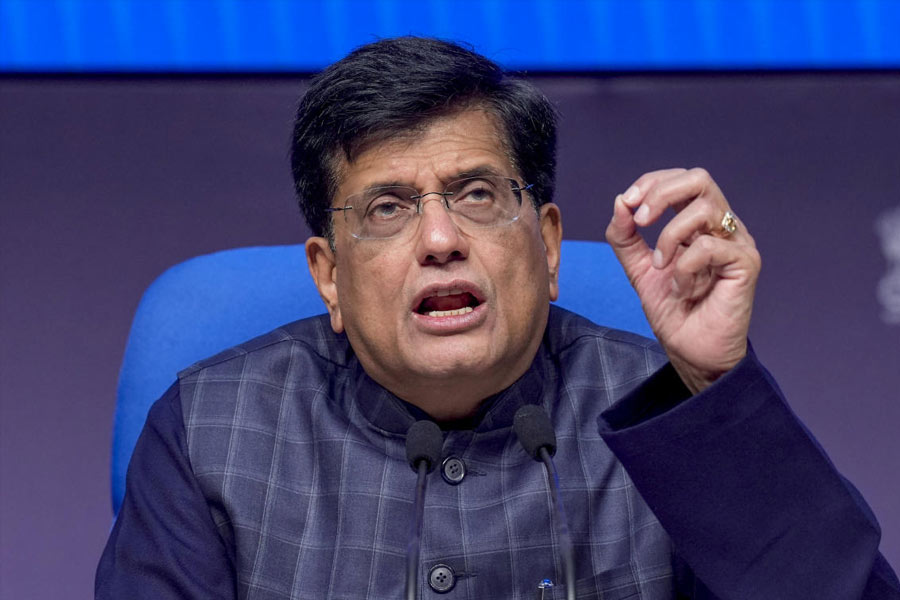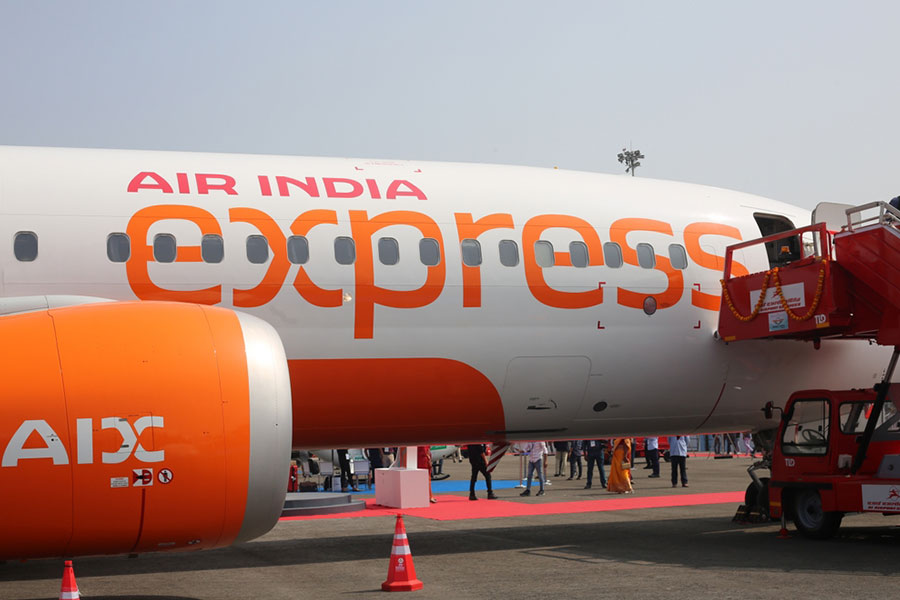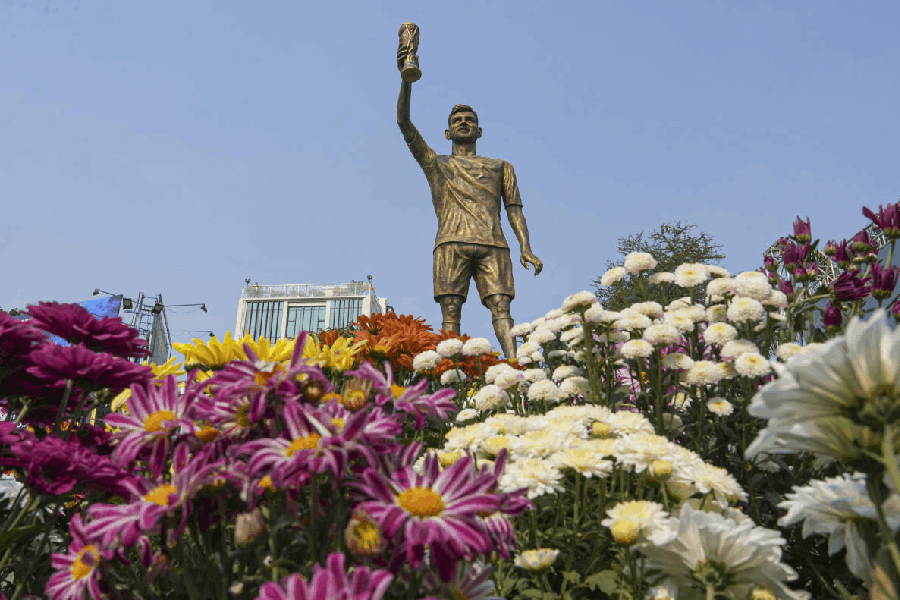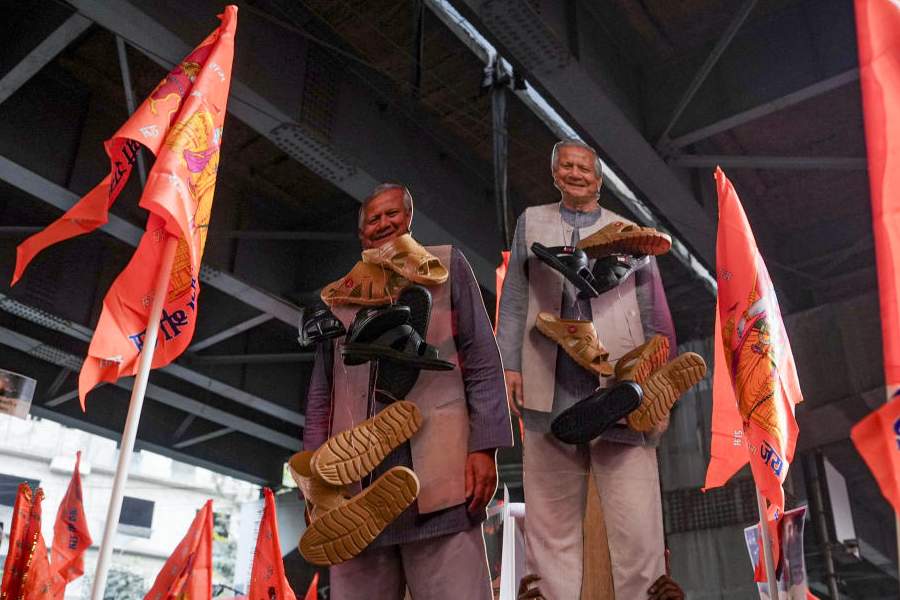 |
| The Mini, 1973 |
Ask me to name the car that I desire the most and I’ll probably shock you by proclaiming my love for a ubiquitous ‘60s model ? the Mini. I’d be quick to point out that I’m not stuck in a time warp, at least not because my favourite car dates back to the ‘60s. It’s just that I don’t fancy the current crop of cars, throttled and strangulated as they are by today’s emission norms and manufacturers’ desires to make a quick buck while the going is good. The Mini ? with its unbelievably easy driving took the world by storm decades ago and now with all its fame in Hollywood and its stylish revamp that puts a new spin on retro-chic, it simply deserves its place at the top of the rolls.
Not that it doesn’t have its competitors to the hall of fame ? the Porsche 911, the Triumph (Standard in India) Herald come close enough to the Mini. All three are the works of individual designers ? Porsche, Michelotti and Sir Alexander Arnold Constantine Issigonis respectively. But there is an unmistakably timeless quality about this piece of art from one of the greatest artists in auto designing, who incidentally is no less interesting than his creations.
Issigonis went to England as a refugee. Born in 1906, he came from a place called Smyrna (modern day Izmir) which was part of the Turkish Ottoman Empire and also had a high Greek population. Issigonis was of mixed parentage, with a Greek father (with British nationality) and a Bavarian mother.
His flight to England had its roots in events dating back to 1914 and World War I ? Turkey was an ally of Germany but after the war, the Treaty of Sevres awarded Smyrna to Greece. This did not go down well with the Turks and in a rebellion, the Turks took over Smyrna and drove the Greeks out.
 |
| The Mini special, 1978 |
The Issigonis family and other Greeks along with them were evacuated to Malta. Alexander’s father, who had owned a marine engineering business lived in Malta and it was his mother who took him to England to be enrolled at the Battersea Polytechnic. He completed the course, though he fared miserably in mathematics.
His first job was with one Edward Gillett who was trying to develop a form of automatic transmission and then he was taken on at Humber where he worked on suspension design. From Humber, Issigonis moved to Morris where he developed into a suspension specialist trying to develop all-round independent suspension systems.
But he was destined for greater things at Morris and was the chief architect behind the Morris Minor in 1948, which Lord Nuffield (William Morris) termed a poached egg. After the successful launch of the Minor, after Austin and Morris had merged in 1952 to become British Motor Corporation or BMC, Issigonis joined Alvis at Coventry ? Alvis made luxury sports cars. But after Alvis failed to support Issigonis and his dream car project, he returned to BMC to work under Sir Leonard Lord who looked after BMC. It was this move together with the Suez crisis of 1956 and consequent petrol rationing in Britain that led to the development of what is one of my three favourite cars ? the Mini.
Leonard Lord’s brief to Issigonis was simple: he had to design a car from scratch, one that was an economy car, practical and cheap to make. Also, the car would have to fit into a box of the following dimensions ? 10ft by 4ft by 4ft. Issigonis came up with what eventually became known as the Mini. The design was copied in years to come for most front-wheel drive vehicles.
Internally the project was termed ADO15 for Austin Design Office. The problem for Issigonis was that if he kept to the passenger compartment dimensions of the design brief, there was no space for the engine. Issigonis did try to chop an existing engine to make it fit but the resulting two-cylinder unit was not smooth enough for passenger car duty.
It was then that he got a brainwave and decided to go for a transverse layout and locate the gearbox under the engine. The engine that went into the Mini was the BMC A series engine, smaller brother of the B series engine that did duty in the HM Ambassador in India till it was replaced by the Isuzu unit.
Getting back to the Mini or Austin Seven (branded Se7en), as it was known in 1959, the radiator was placed on the side to make space for the engine, which was first 948cc but reduced to 848cc in the interests of safety. It was a very clever design, but was tricky to work on. Many an owner has got his wife or daughter to use their slim hands to work on the car. Minis were very minimalist ? the rear windows did not wind down while the fascia comprised a parcel shelf running the width of the car and instrumentation was only what was legally required ? a speedometer.
Whatever faults the Mini had ? and there were a few indeed ? were all forgotten as the car proved itself to be a delightful driver with exceptional handling. The John Cooper version ? denoted by its white roof ? had a number of performance modes like a bigger engine, twin SU carburettors, and a close-ratio gearbox.
Cooper Minis won the Monte Carlo Rally several times and struck fear into the hearts of competitors with bigger and more powerful cars. In fact, one year saw the winning Minis disqualified on a technicality involving the headlights that had no effect on performance. The Mini received a facelift by Roy Haynes, formerly of Ford. It also received a 1275cc engine and was known as the Clubman.
The Mini’s production run ended in 2000 when a new and bigger MINI replaced it. At that point, over five million Minis had been manufactured. The car attained cult status, which was boosted in 1969 when it became very famous as getaway cars for a movie titled The Italian Job. It became part of the British countryside and a symbol of Britain. Minis have been owned by a number of celebrities including the Beatles, Clint Eastwood, Tom Hanks, members of the British Royal family as well as funnyman Peter Sellers. But the best endorsement came from the fact that legendary auto baron Enzo Ferrari was a fan of the Mini and owned one too.
 |
Road rage
Bratya Basu
theatre personality
Being a Calcuttan means giving in to road rage at some point of time or the other. What triggers off my rounds of such blind rage are traffic snarls. I squarely blame the mounting number of private cars on the road and the taxis and autos, the drivers of which have a distressingly blas? attitude towards even the most basic rules. Nothing, not even consideration for their own lives, let alone that of others, seems to guide these people. They are the single most menacing objects on Calcutta’s roads and jam the city up wherever they can.
I also bemoan the lack of pedestrian overbridges in the city. With the traffic intersections getting busier by the day, there should be more overhead pedestrian passes.
But on the whole, I feel that pedestrians in Calcutta are generally law-abiding and put up with a lot of unnecessary inconvenience at their own cost.

